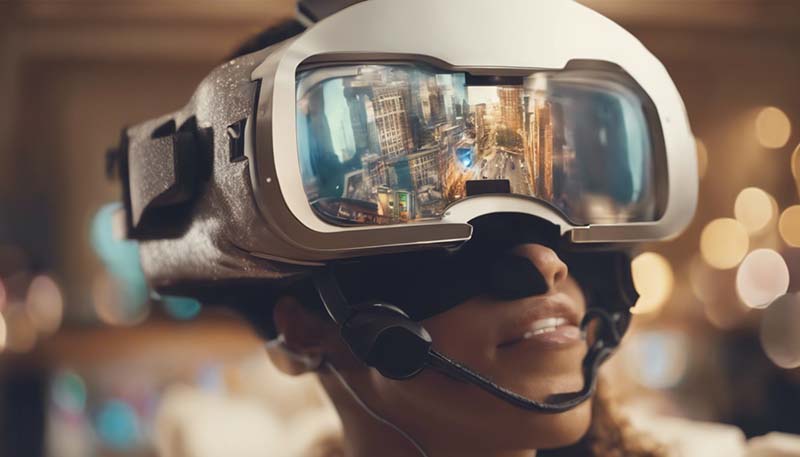The Future of Virtual Reality in Education Equity
The Future of Virtual Reality in Education Equity
Introduction
Virtual Reality (VR) has been making significant strides in various sectors, and its potential impact on education equity is a topic of growing interest. Education equity refers to the idea that all students, regardless of their socioeconomic background, should have access to the same quality of education. This article explores the future of VR in education equity, discussing its potential benefits, challenges, and the steps needed to achieve widespread adoption.
The Potential of VR in Education Equity
1. Personalized Learning Experiences
VR has the potential to offer personalized learning experiences that cater to the individual needs of each student. By creating immersive and interactive environments, students can learn at their own pace and in ways that best suit their learning style.
2. Access to High-Quality Educational Resources
One of the major barriers to education equity is the lack of access to high-quality educational resources, particularly for students in underprivileged areas. VR can help bridge this gap by providing access to virtual classrooms, museums, and other educational experiences that would otherwise be inaccessible.
Advertisement
3. Collaboration and Social Interaction
VR can facilitate collaboration and social interaction among students from different backgrounds, fostering a sense of community and shared learning. This can help break down barriers and promote understanding among students from diverse socioeconomic backgrounds.
Challenges to VR Adoption in Education Equity
1. Cost and Accessibility
The high cost of VR technology and the need for specialized equipment can be a significant barrier to widespread adoption. Ensuring that all students have access to these technologies is crucial for achieving education equity.
2. Digital Divide
The digital divide, which refers to the gap between those who have access to technology and those who do not, is another challenge. Efforts must be made to ensure that VR technology is accessible to students in underprivileged areas.
3. Teacher Training and Support
Teachers may require additional training and support to effectively incorporate VR into their teaching practices. Providing adequate resources and training for educators is essential for the successful integration of VR in education equity.
Steps to Achieve Widespread VR Adoption in Education Equity
1. Investment in Infrastructure and Technology
Governments, educational institutions, and private organizations must invest in the necessary infrastructure and technology to make VR accessible to all students.
2. Public-Private Partnerships
Collaboration between public and private sectors can help drive innovation and reduce costs, making VR technology more affordable and accessible.
3. Research and Development
Continued research and development in the field of VR can help identify new ways to enhance the educational experience and address the unique needs of different student populations.
4. Policy and Regulation
Policies and regulations should be put in place to ensure that VR technology is used responsibly and ethically, with a focus on promoting education equity and inclusivity.
Conclusion
The future of VR in education equity holds great promise, but it also faces significant challenges. By addressing these challenges and taking proactive steps to ensure widespread adoption, VR has the potential to revolutionize the way we approach education and help create a more equitable and inclusive learning environment for all students.

Comment